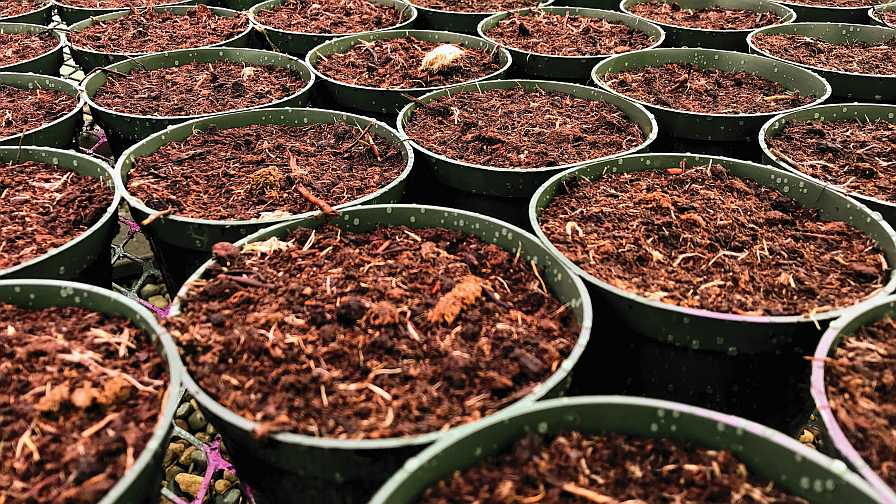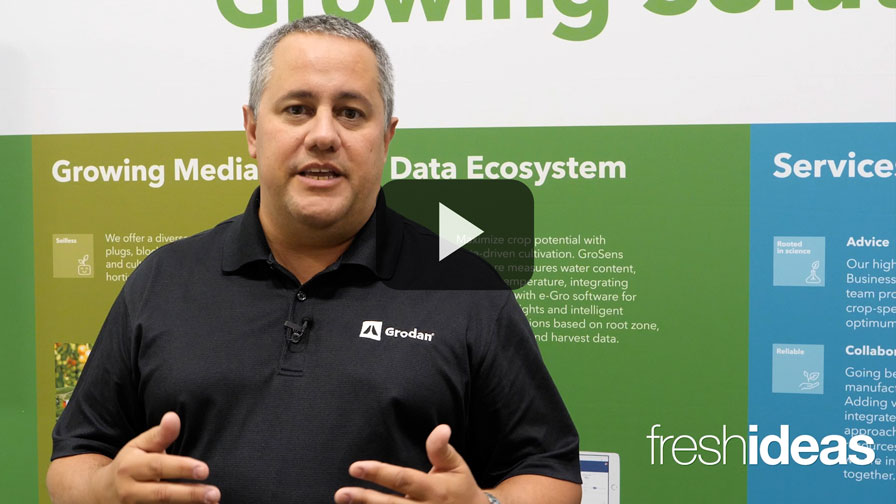How Air and Water Affect Propagation Substrates in Unrooted Plant Cuttings

Photo: Garrett Owen
Greenhouse propagation of unrooted plant cuttings is often characterized by short container cell height and high irrigation frequency. These conditions can result in high moisture level and low air content in soilless container substrates (substrates), causing delayed growth of adventitious roots and favoring root disease.
A recent study sought to quantify and compare substrate water and air relations for three propagation substrates (peat, rockwool, and phenolic foam) that varied widely in physical characteristics using four methods: 1) evaporation method with a tensiometer, 2) frozen column method, 3) gravimetric analysis, and 4) X-ray computed tomography (CT) analysis.
Moisture retention curves based on evaporation and the frozen column resulted in differences for peat, but similar curves for rockwool and foam. The frozen column method was simple and low cost, but was constrained by column height for peat, which had a higher water potential compared with the other two substrates. Substrate porosity analysis at container capacity by gravimetric or CT methods were similar for volumetric water and air content (VWC and VAC) in rockwool and foam, but differed for peat for VWC and VAC. Gravimetric analysis was simple, rapid, and low cost for whole-cell analysis, but CT further quantified spatial water and air relations within the cell and allowed visualization of complex water and air relations in an image.
All substrates had high water content at container capacity ranging from 67% to 91% VWC with 5% to 11% VAC in the short propagation cells, emphasizing the need for careful irrigation management.
Learn more about the study from the American Society for horticultural Science.










